Charles Sturt University: LAW504 Business Law Assignment on Negligence
VerifiedAdded on 2022/09/14
|5
|962
|17
Homework Assignment
AI Summary
This business law assignment addresses a scenario involving negligence and the liability of an event organizer, Bob, for injuries sustained by visitors Greg and Mary. The assignment applies the principles of negligence, including the establishment of a duty of care (as per Donoghue v. Stevenson), breach of that duty, and causation of harm. It analyzes Bob's responsibilities, considering factors like providing warnings, maintaining safe trails, and the actions of the injured parties. The assignment also examines potential defenses Bob could use, such as contributory negligence and voluntary assumption of risk, referencing relevant legislation and case law like the Civil Liability Act 2002 (NSW), Bolton v. Stone, and Smith v. Charles Baker & Sons. The conclusion determines whether Bob is liable based on the application of these legal principles to the given facts.
1 out of 5
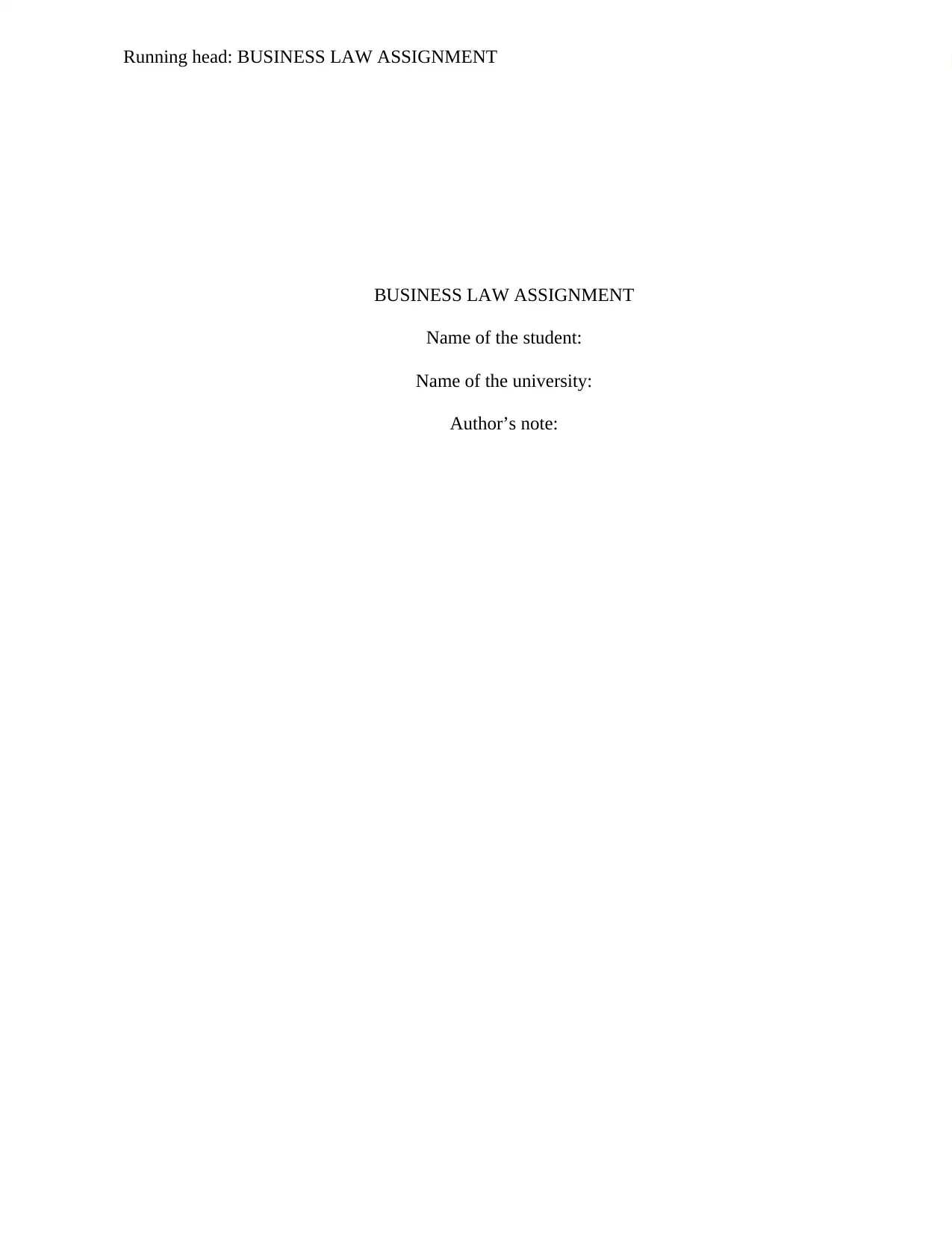
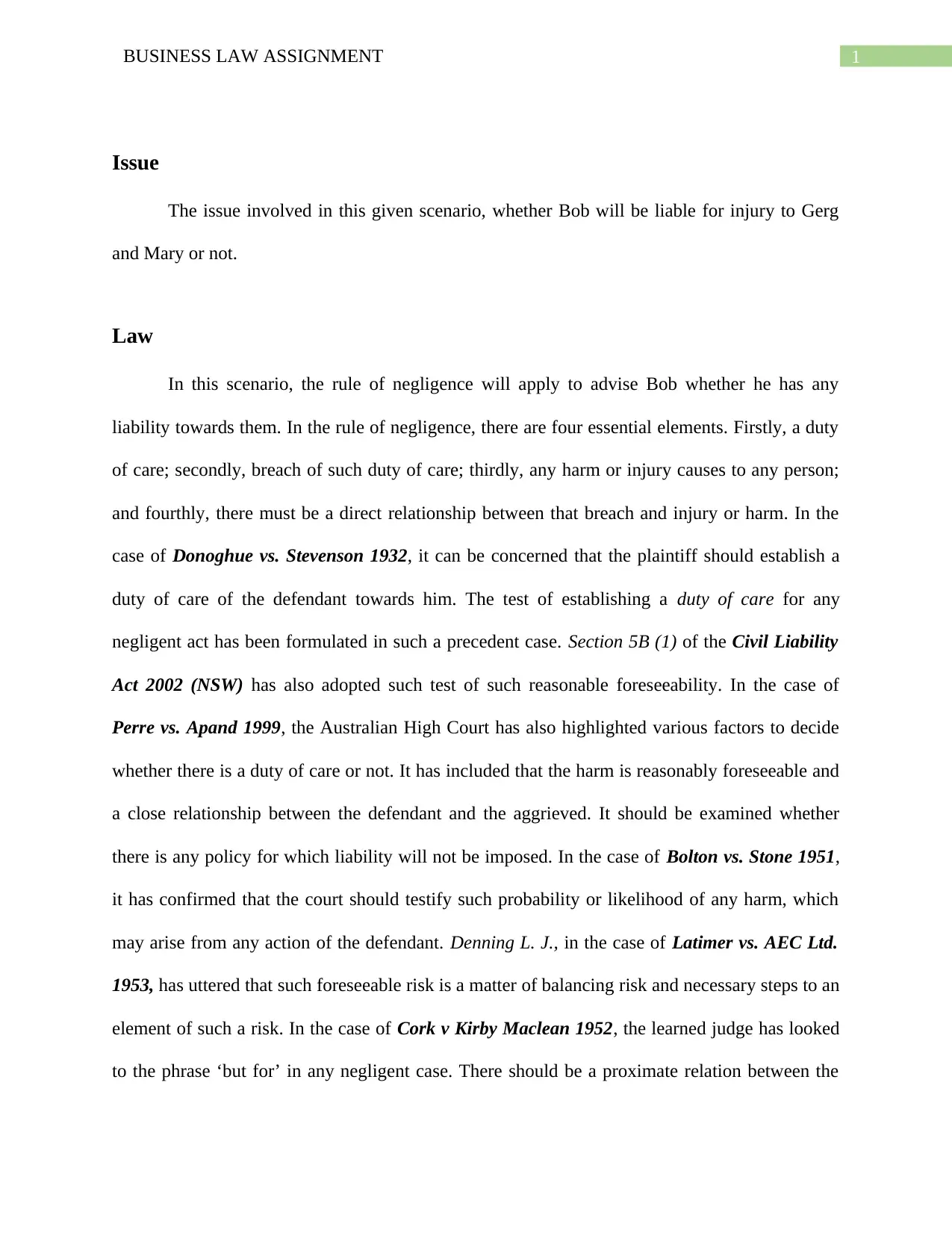
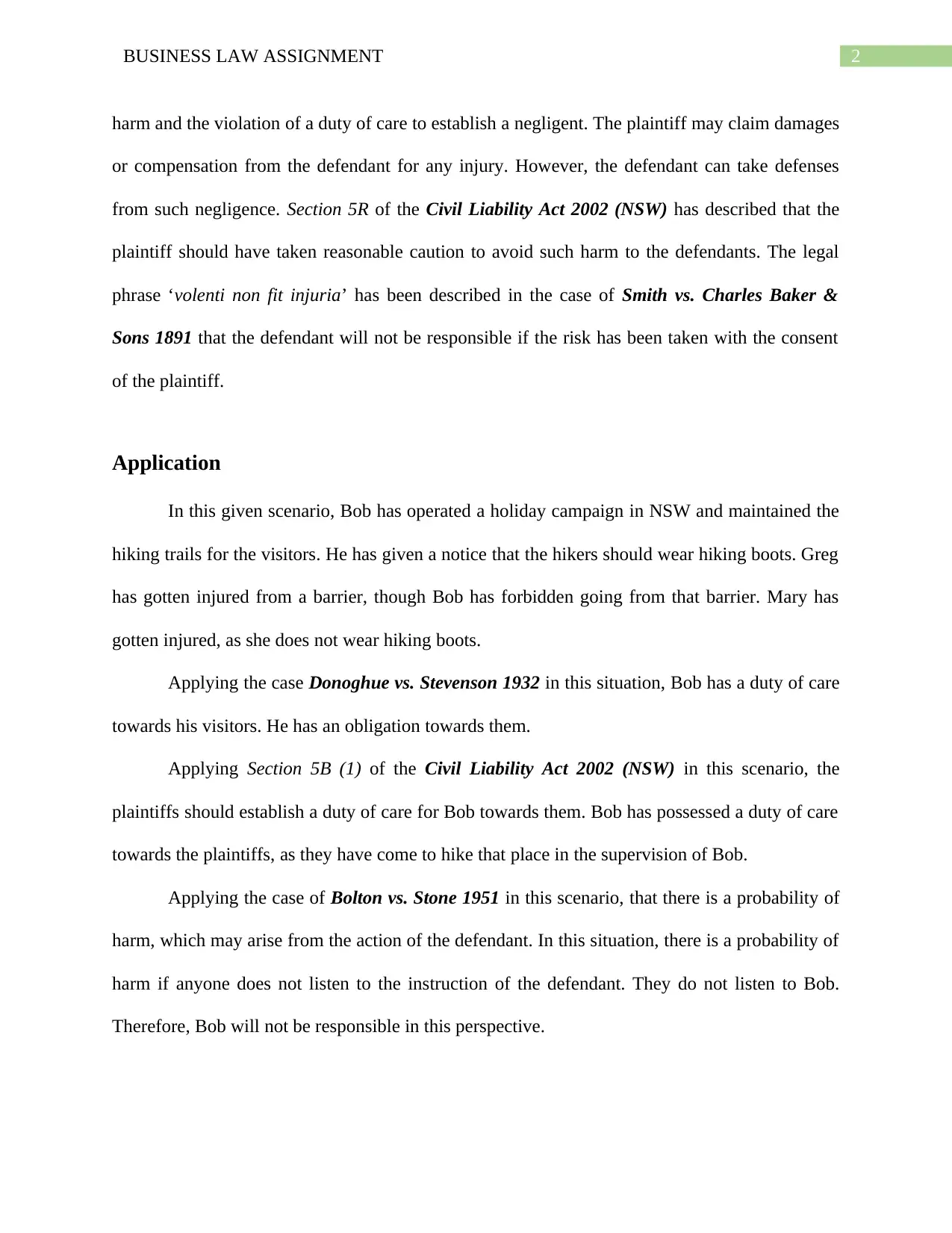

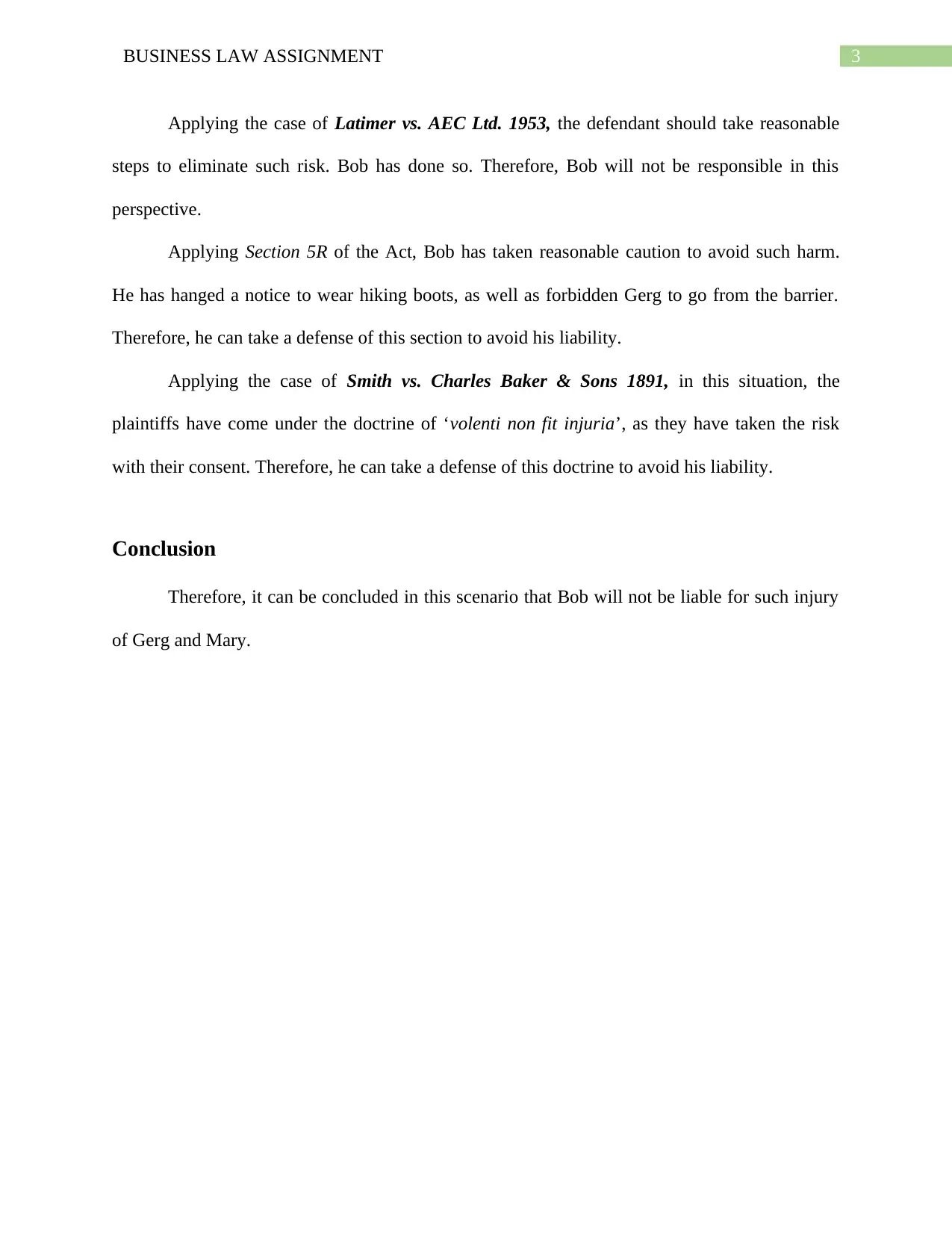
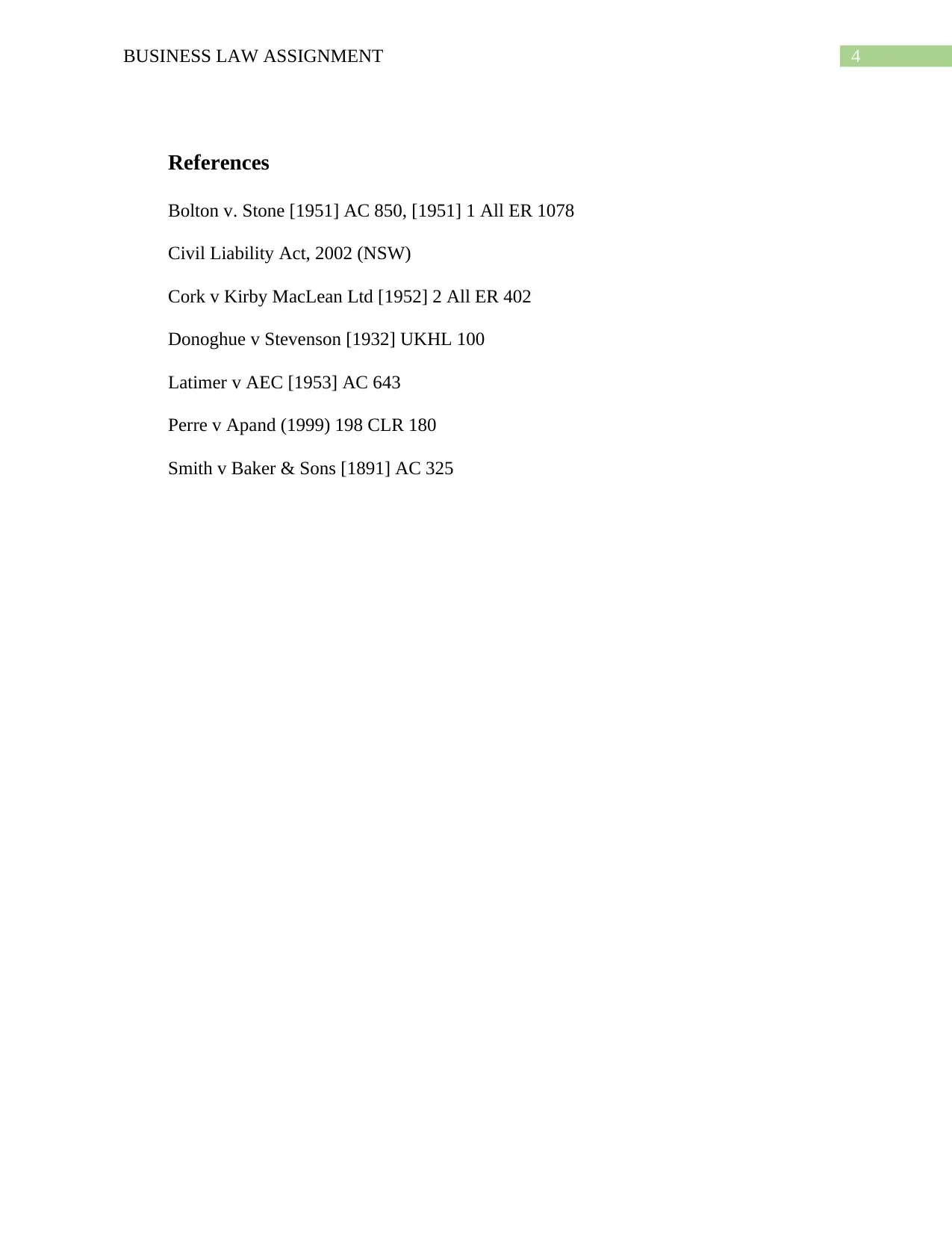






![[object Object]](/_next/static/media/star-bottom.7253800d.svg)